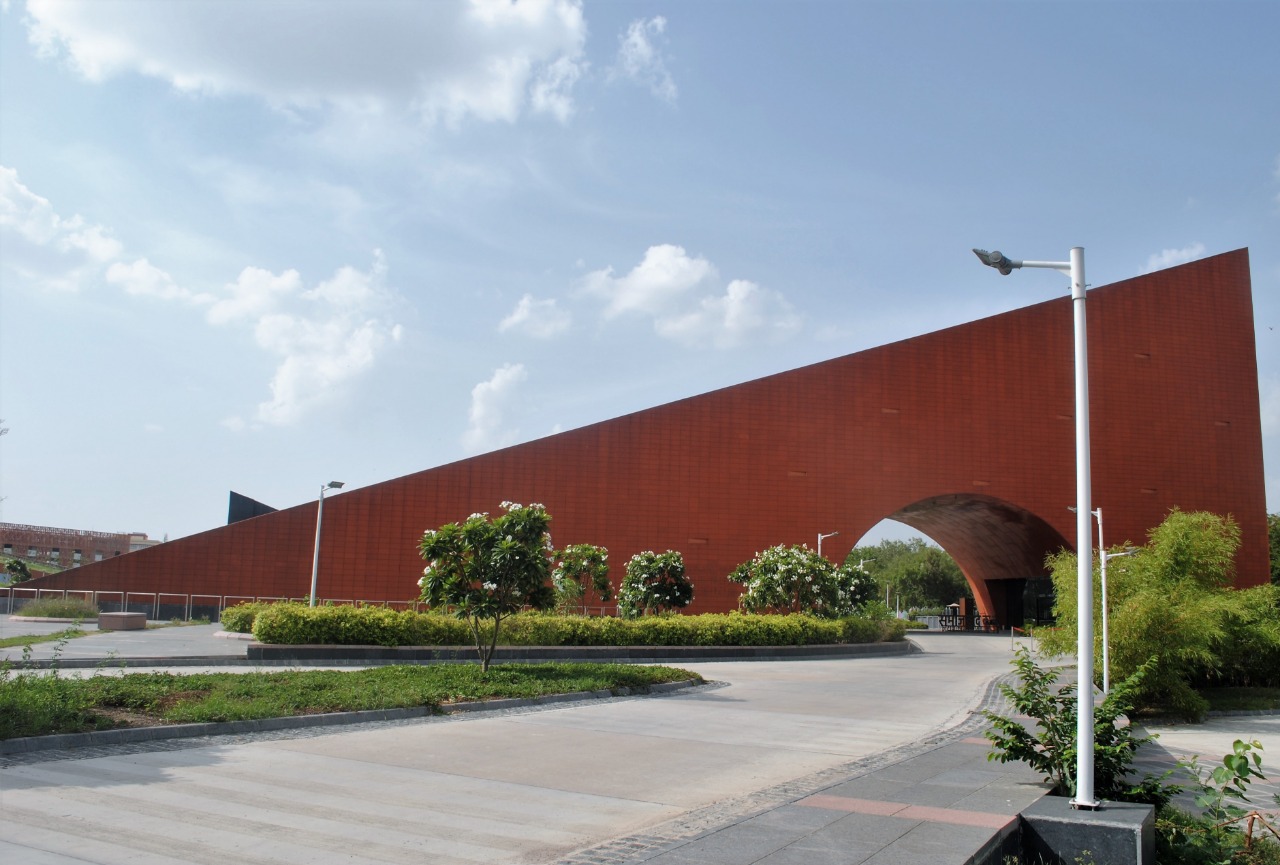The Museum of Socialism is a wedge-shaped building which is divided into two parts: the zone of absorption and the zone of reflection. These spaces have been architecturally designed to stimulate curiosity and reflection regarding the principles of socialism.
The first gallery which is on the ground floor has a sound sculpture on display which focuses on the seven arenas in which Jayaprakash Narayan brought about a revolution in India.
The colonial India gallery builds a premise for the rest of the exhibits in the museum. It has photographs of significant events that took place in India's struggle for independence, from the year 1905 to 1947. Panels focusing on Jayaprakash Narayan's formative years, his inclination towards Marxist ideology and his escape from prison, among others, are on display in the same gallery. Another exhibit focuses on the political and constructive statesman fronts of Narayan through the years, from 1951 to 1974. It also has a series of letters and pictures that are assigned to drawers.
The museum also has an exhibit relating Kinetic Ideology to Narayan's principles. A spacious documentary hall and a library with books on socialism and various other subjects are available to the public. Another exhibit recreates his living conditions as he embraced his simplicity.
The first floor has a photograph gallery of the movements led by Narayan. A terracotta sculpture depicts the Thali Bajao Andolan. There are other exhibits like his prison diary reprinted on glass panels, the Emergency staircase with newspapers from the time on display, and his poem 'Sinhasan Khali Karo' showcased.
The museum also has a documentary on the revolution led by Narayan in India.
26.8497222, 80.9803611

